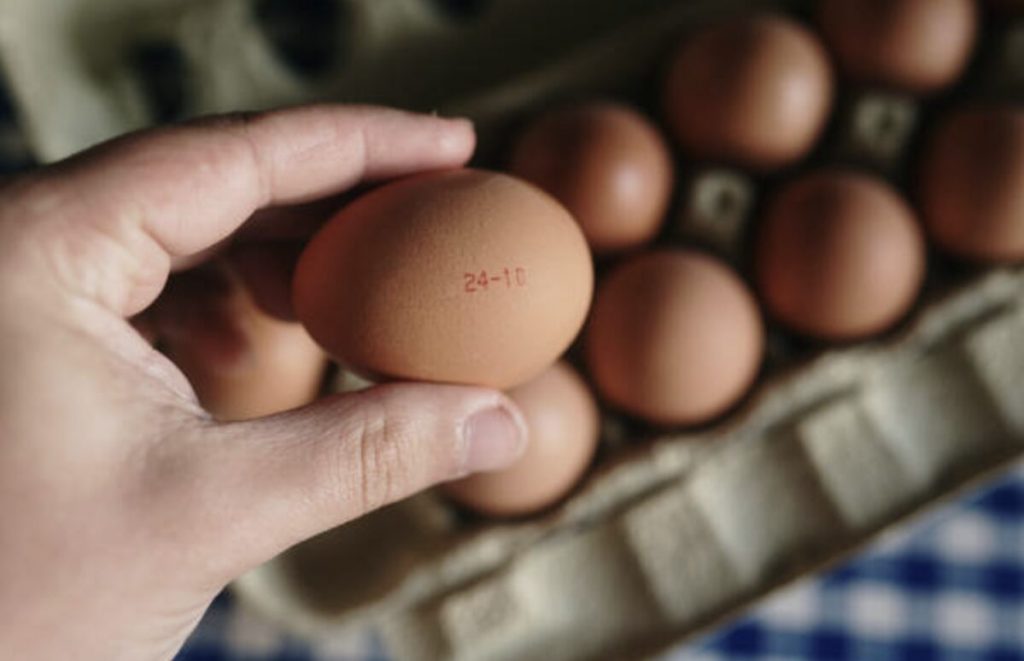Eggs are a staple in many of our kitchens. Whether I’m whipping up a fluffy omelet, baking a delightful cake, or crafting a quick fried rice dish, eggs are essential. I occasionally treat myself to eggs from the farmer’s market, but most often, I pick them up from the supermarket, packaged neatly in those familiar cartons. Over time, I’ve discovered that deciphering the codes on these cartons isn’t just an amusing distraction; it’s a worthwhile pursuit.
Have you ever noticed the numbers stamped on an egg carton and wondered about their significance? They might seem cryptic at first glance, but they’re quite easy to understand once you know what they represent. So, let’s break it down.
The Julian Date: Unveiling Your Egg’s Birthday
The three-digit number that might look like a random code is known as the Julian date. This number tells you the specific day of the year the eggs were packed, ranging from 001 to 365. For instance, a Julian date of 001 means the eggs were packed on January 1st, while 365 indicates December 31st. Knowing this feels akin to cracking a secret code. I recall a moment when I felt like a detective, calculating that my eggs were from March 15th. Armed with this knowledge, you become part of an exclusive club of egg enthusiasts.
The Packaging Plant Code: Tracing Your Eggs’ Journey
Next to the Julian date, you might notice a sequence starting with ‘P’ – this is the plant code, indicating the facility where the eggs were processed. This information is crucial during recalls. For example, a few years back, there was a salmonella-related recall. I vividly remember checking my eggs against the plant code and Julian date, breathing a sigh of relief that my eggs were safe.

Freshness and Expiry: Ensuring Egg Quality
These codes can also help determine the freshness of your eggs. When stored correctly, eggs can be consumed safely up to 30 days from their packing date. Thanks to the Julian date, you can calculate the shelf life of your eggs. I’ve developed the habit of checking this date as soon as I arrive home, jotting it down, and planning when they should be used. This simple habit ensures that I always have fresh eggs, enhancing the flavor of my meals significantly.
Quality and Safety: Beyond the Basic Codes
Besides the Julian date and plant code, other labels on the carton can guide you towards high-quality eggs. Look for the USDA grade shield and descriptors like “pastured” or “organic.” The USDA grade shield indicates that the eggs meet specific quality standards. Grade AA eggs are top-notch, with robust whites and firm yolks, great for frying or poaching. Grade A eggs are slightly less firm but still excellent for any culinary endeavor.

Organic and Pastured Delights
If you prefer eggs from free-range chickens, terms such as “organic” or “pastured” are your go-to. Organic eggs originate from chickens fed organic feed and raised without antibiotics. Cage-free eggs are laid by chickens roaming freely, dining on natural foods, making their eggs taste superior.
I experienced the culmination of this newfound wisdom one serene Saturday morning. While making an omelet, I checked the Julian date and was reassured that my eggs were only a week old. I cracked them open, revealing vibrant, healthy yolks. The fresher the eggs, the better the taste. The result was a perfectly risen omelet, embracing sautéed mushrooms and cheese, delivering the finest breakfast I’d had in ages.

So next time you’re holding a carton of eggs, take a moment to decode the labels. It’s not just about the knowledge you’ll gain from understanding these codes; it’s about ensuring the quality and safety of the eggs you enjoy. From a morning scramble to an evening cake, knowing what those numbers mean can elevate your culinary skills and ensure you savor every bite.
Ultimately, it’s a small yet joyful aspect of cooking. Who wouldn’t want to learn something delightful over breakfast?




